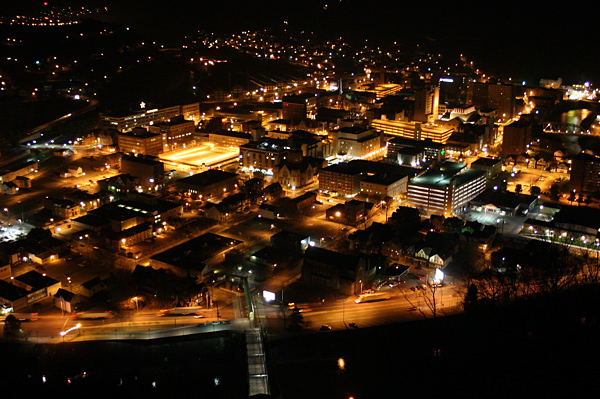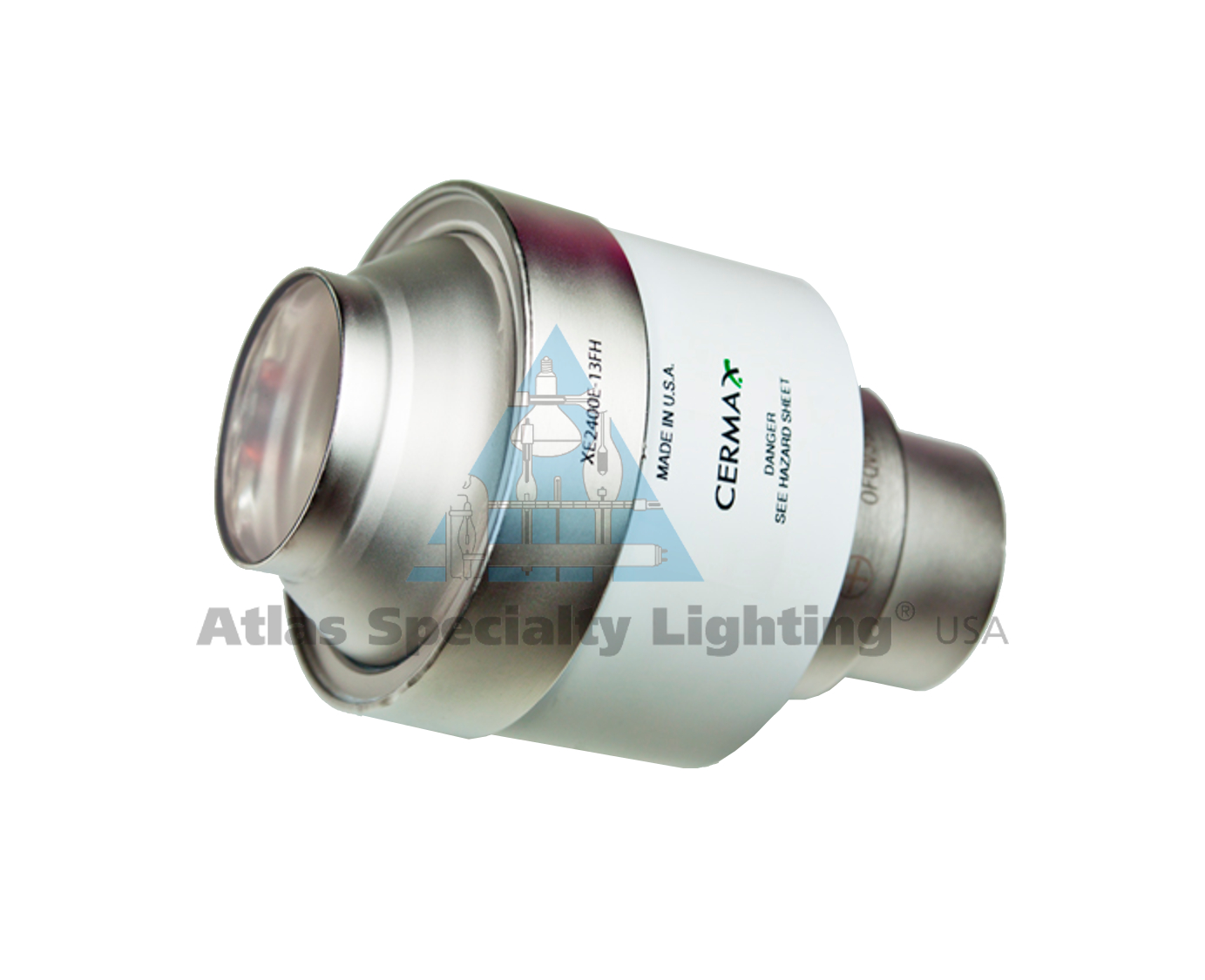
We will be at the MEDICA tradefair show!
Dates of the show are November 14 to 16, 2016
Dusseldorf / Germany
You can find us at Hall 16, Stand E06, Booth 4
Hope to see you there!


We will be at the MEDICA tradefair show!
Dates of the show are November 14 to 16, 2016
Dusseldorf / Germany
You can find us at Hall 16, Stand E06, Booth 4
Hope to see you there!

We are headed to the FIME show in Miami, be sure to stop by our booth!
Booth number: D.F45
August 2nd to the 4th, 2016
See you there!
There are numerous types of arc lamps made today in multiples of footprints. The arc lamps manufactured today use different additives which allow light transmission in various wavelengths for different needs. The internal pressures range from low to very high also dependent on the need of the applications.
Due to the numerous type which are available in the market today, special attention to the cooling requirements needs to be kept in mind. Usually very low wattage arc lamps require only ambient air cooling, and the higher the power of the lamp, forced air cooling must be in place. In special cases, liquid cooling such as a radiator system will be required to properly cool the arc lamp.
Cooling of the lamp can be affected by things such as ambient air temperatures, fan capacities, lamp connections, air turbulence, optical filtering amongst other things. In this particular case, the anode (+) connection to the lamp was extremely loose which caused an overheating of not just the lamp, but the connectors and the housing.
Sound off in the comments! Have you seen this before? Have you had this happen to your equipment before?

If you have ever flown into a city at night time, other than a nightlife city such as New York or Las Vegas, you can see street lighting that varies in colors from yellow, to white to blue. The reasons for the differences in color are related to how they are manufactured. When you go into a shopping center, the stores have lamps which help to set the moods and actually can influence shopping behavior. In an office, the colors can influence work performance.
There was a scale developed by an Irish physicist, William Kelvin, who heated iron to different temperatures, such as reddish-yellow to white to a bluish color. This scale is how we describe the colors of light used in today’s industry. 2700K is a warm color that is in the red-yellow range and is known as warm white, 4100K is a cool color know as cool white and 5000K is in the blue area, known as daylight. There are numerous intervals below and above these increments and based on the type of lamp, they can be fine-tuned for specific applications.

One of the first responses that we find when we quote an engineer or purchasing agent the cost of a xenon arc lamp is….. “Wow, I never expected a light bulb to cost that much!” When is a light bulb a light bulb but really not a light bulb in a traditional sense? A xenon arc lamp (pronounced zee-non) is typically considered to be the core element in a sophisticated system. That system could be a digital film projector, a spectroscopy system, a medical endoscopy system, a solar simulator as well as many, many other systems.
This lamp type does not use a filament, LED (light emitting diode) or even a fluorescent excited gas to produce light. Instead, xenon gas is pumped into a rugged lamp body, where when the gas is at an elevated temperature such as between two electrodes, the resulting light most closely matches daylight or 6000K.
An arc lamp of this type is quite a sophisticated beast to manufacture and operate. It requires a special ignition circuit, power supply, mounting and cooling to perform its duties in the systems mentioned above. Without the arc lamp, these systems would be much more cumbersome or even impossible to operate.